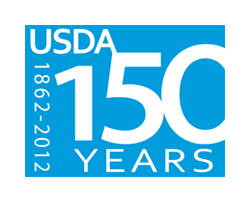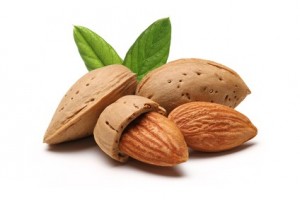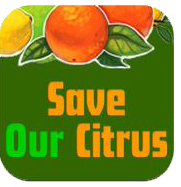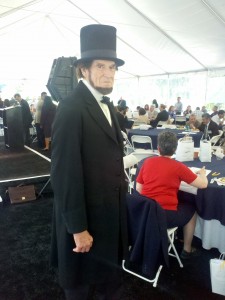http://www.foxnews.com/opinion/2012/05/05/why-choose-to-eat-meat/#ixzz1uCFhAAUb
I am a fifth generation California cattleman, with my sons and daughter actively involved in the ranch. I guess some would classify me as an animal killer because we grow cattle to produce beef. And I know non-ranchers struggle to understand that I can do that and still like cattle, but I do.
As producers, we have a moral and ethical obligation to raise and treat animals humanely and with respect. And we try very hard to do so.
I am proud of that fact, and I am proud to be a cattlemen.
The great majority of the public eats meat and want to feel good about their choice, so it bothered me when The New York Times recently invited “carnivores” to submit essays on whether or not it is ethical to eat meat.
Judged by a panel of elitists who either espouse an animal rights agenda or consider our current methods of animal production wrong, I thought why bother?
We were being set up by those who don’t understand food production in general and animal agriculture in particular, and who have already decided they are right! What gave them the authority to morally decide right and wrong?
I talked to many cattle producers who raised the old arguments—we are doing a good thing by converting sunlight to protein, feeding a hungry world affordably, caring for the environment, providing jobs in rural America, and emphasizing the family nature of what we do.
Sure, all of these things are true—but it is the right answer to the wrong question. That is not what we were being asked.
When we think about the ethics of meat-eating, we could argue the fact that animals don’t have a conscience, or a soul and aren’t forward thinking. Famous philosophers like Kant, Descartes and Aquinas are credited with developing these arguments.
Kant argued morally permissible actions are those actions that could be willed by rational individuals. Animals and humans are compelled by desires, but only human beings have the will to choose a course, clearly demonstrating humans and animals are not morally equivalent.
Or, we could look at the opposing view that argues animals have moral equivalence to man.
My problem with all of these theories is that they appear to be based on yes or no, right or wrong. Since when is morality completely “yes or no”? Lying is morally wrong, most of us would agree, but what about a small white lie to protect your child or someone’s feelings?
There are shades of grey in everything we do.
In terms of scientific inquiry, I like to think of the decision to eat meat as a continuous distribution from carnivores to vegans. It is the classic normal curve, with the overwhelming majority of the population personally choosing to consume animal protein. That decision should never be framed as a yes/no, but rather as a series of personal choices that we should appreciate as individual decisions.
Vegetarians are a small minority of the American population and the percentage of those who don’t consume animal protein hovers around five percent (depending on who is counting). That number has been standard for decades.
Yet world demand for animal protein is expanding at an unprecedented rate. I have no desire to convert someone from being a vegetarian to becoming a meat eater. That is their personal choice and I respect that decision.
I guess it is too much to expect the same.
I wouldn’t spend my time arguing whether an animal has a soul or is morally equivalent to humans. Shrill vegans, animal rightists and extremists have little to offer to a meaningful dialogue. Most people already understand that a pig and a rat and a boy are not the same (like the founder of PETA once so infamously claimed).
We need to strike a middle ground with the consumer and emphasize respect for everyone’s individual decision—from vegan to carnivore.
My decision is simple. Like most consumers, my family and I choose to eat meat because we enjoy the taste, and it provides an exceptional source of high quality protein and other essential nutrients.
We eat the beef that we, and our fellow cattlemen raise, and have no moral dilemma with that choice.
We know the animals were raised with great care and harvested in the most humane way possible, by people who care about livestock and the environment. I want consumers to know we take our obligation to raise animals humanely and with respect very seriously and will continue to evolve and improve all practices.
Dave Daley is a California Cattleman and the Associate Dean of the College of Agriculture at California State University, Chico
Read more: http://www.foxnews.com/opinion/2012/05/05/why-choose-to-eat-meat/#ixzz1uD7EHLB2
 For producers and consumers of food, this is a sesquicentennial like no other. Two weeks ago, we celebrated the 150th anniversary of the signing of the Morrill Act, the single piece of legislation that laid the foundation for the modern agricultural marvel we enjoy today. And now, it’s the 150th birthday of the USDA – as Abraham Lincoln called it, “the people’s agency.” The USDA is another piece of Lincoln’s extraordinary legacy, and lasting in the way it still touches millions of Americans every day.
For producers and consumers of food, this is a sesquicentennial like no other. Two weeks ago, we celebrated the 150th anniversary of the signing of the Morrill Act, the single piece of legislation that laid the foundation for the modern agricultural marvel we enjoy today. And now, it’s the 150th birthday of the USDA – as Abraham Lincoln called it, “the people’s agency.” The USDA is another piece of Lincoln’s extraordinary legacy, and lasting in the way it still touches millions of Americans every day.







